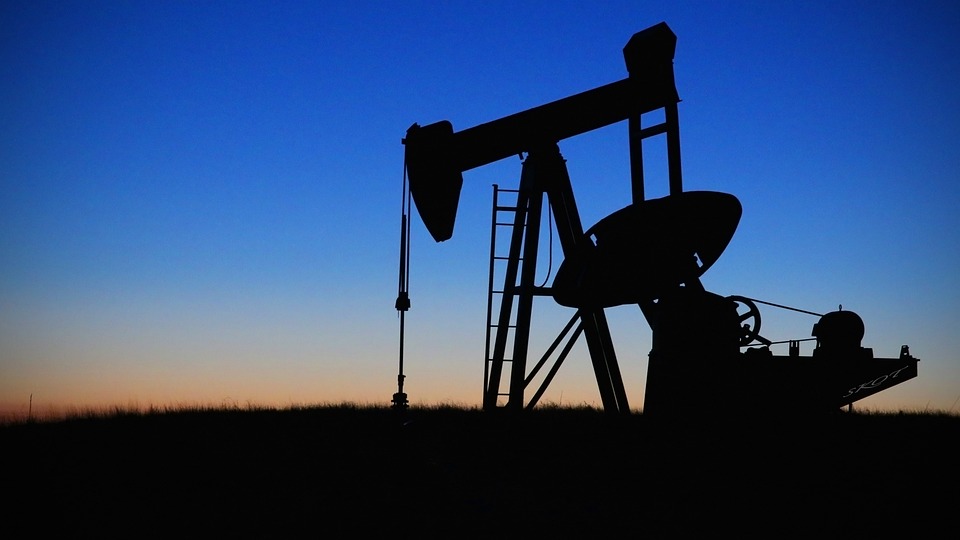Why Oil Prices Are Still On Track To Move Higher

Image Source: Pixabay
It’s not hard to be bullish on oil these days.
The Middle East is always in turmoil, but not since the U.S. invasion of Iraq has the situation been this potentially explosive.
Though some countries are happy to buy deeply discounted Russian and Iranian oil, Russia and Iran are blacklisted from selling oil to much of the globe. And OPEC has made it clear that it does not plan on loosening production restrictions anytime soon.
So we have a constricted supply.
Meanwhile, GDP is expected to grow this year in all but six countries (not including countries for which there is no data available, like North Korea), and global GDP is forecast to grow by 3.1% this year and 3.2% next year.
That should lead to increased demand for oil.
We’re also headed into the summer driving season. A record 71 million drivers are expected to travel 50 miles or more from home to celebrate the Fourth of July, according to AAA. Of those 71 million, more than 60 million will travel by car.
A growing economy and Americans’ continued thirst to travel and live life in the aftermath of the pandemic suggest prolonged growth in oil consumption.
And Economics 101 teaches us that when demand increases and supply decreases, prices rise.
On a technical basis, oil is breaking through an important area of resistance at about $80 per barrel. (Resistance is an area of a chart that a stock, commodity or market has had difficulty rising above. Conversely, support is an area of a chart where the stock, commodity or market has repeatedly stopped falling.)
Going back to November, you can see that oil had a hard time breaking through resistance at around $80 until late February. After it breached that level, it rose as high as $88, but then it quickly fell back below $80.
It tried (and failed) to punch through that area again several times over the past two months before finally getting through in late June. That is a bullish signal.

Looking at a three-year chart, I’m encouraged that oil has been making higher lows (in December 2023 and June 2024) since it bottomed out in the spring of last year. In other words, each time it dropped, it stopped at a higher price. That’s another bullish sign.

This is all particularly exciting for income investors, as the oil sector is filled with strong dividend payers in various segments of the industry. Producers like Chevron (CVX) and Suncor Energy (SU) yield more than 4%, and pipeline companies like CVR Energy (CVI) and Hess Midstream (HESM) sport yields over 7%.
So while you’re waiting for oil prices to rise, you can get paid solid dividends.
Due to both the supply/demand equation and the technicals, I expect higher oil prices to arrive sooner rather than later.
More By This Author:
Is Xerox’s 7% Yield As Shaky As Its Stock?Earn Income While Playing The Hottest Sectors
Is DHT Holdings’ 8.6% Yield At Risk Of Sinking?



